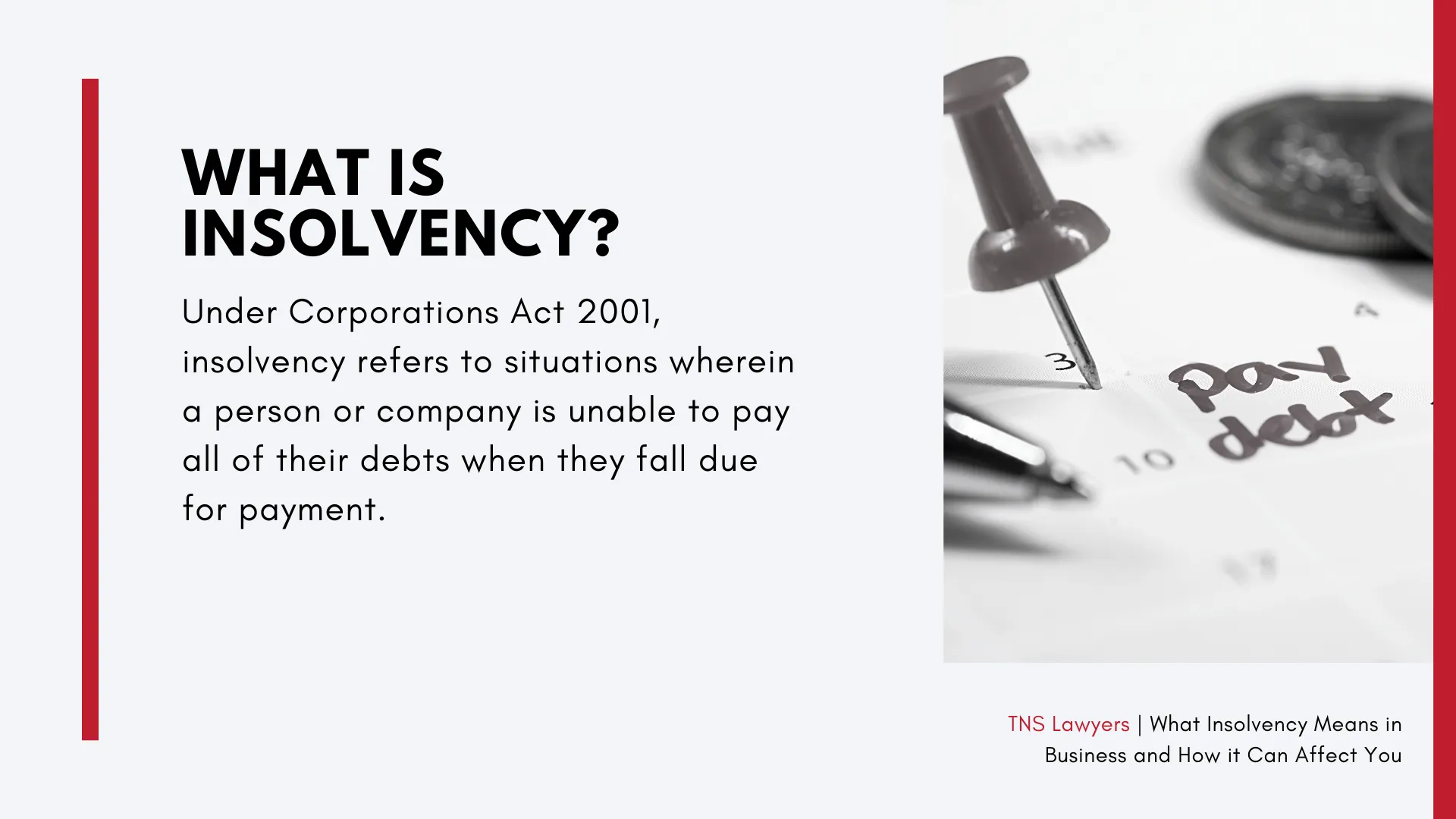The 4-Minute Rule for Insolvency Practitioner
The 4-Minute Rule for Insolvency Practitioner
Blog Article
Examine This Report about Insolvency Practitioner
Table of ContentsThe smart Trick of Insolvency Practitioner That Nobody is DiscussingLittle Known Facts About Insolvency Practitioner.Things about Insolvency PractitionerThe smart Trick of Insolvency Practitioner That Nobody is Talking AboutInsolvency Practitioner - An OverviewSome Ideas on Insolvency Practitioner You Need To KnowThings about Insolvency Practitioner
Insurance coverage is monitored and controlled by state insurance coverage departments, and one of their key objectives is protecting insurance holders from the danger of a company in economic distress. When a firm enters a period of economic trouble and is not able to fulfill its responsibilities, the insurance policy commissioner in the company's home state starts a processdictated by the laws of the statewhereby efforts are made to help the business regain its monetary ground.If it is figured out that the business can not be restored, the company is proclaimed financially troubled, and the commissioner will certainly ask the state court to buy the liquidation of the business. The insurance policy commissioner, either appointed by the governor or elected, heads the state insurance coverage division and displays and controls insurance policy task within the state.
By getting control of a company, the commissioner (or the insurance policy department) is, by regulation, the rehabilitator or liquidator of the business. In this capability, the commissioner or division takes control of the company's procedures. Instead than do so straight, the commissioner may keep a special deputy receiver to supervise the business's activities.
Not known Factual Statements About Insolvency Practitioner
The receiver manages a bookkeeping of the firm's properties and responsibilities and provides the estate of the business. In doing so, the receiver seeks to maximize the company's properties, move them to cash money, and after that distribute that cash money to creditors having valid insurance claims versus the insurance firm based on repayment top priorities defined by state legislation (in all states, policyholders are priority plaintiffs whose cases are paid before those of general lenders).
All insurance firms (with minimal exceptions) accredited to offer life or medical insurance or annuities in a state must be participants of that state's warranty association. The guaranty association accepts the commissioner and the receiver in pre-liquidation planning. As soon as the liquidation is ordered, the guaranty organization gives insurance coverage to the firm's policyholders who are state homeowners (up to the levels defined by state lawssee below; any type of benefit amounts over the warranty asociation advantage levels become cases versus the business's remaining properties).
The smart Trick of Insolvency Practitioner That Nobody is Discussing
The above protection degrees apply individually for every bankrupt insurance provider. [Back] When an insurance provider falls short and there is a shortage of funds required to meet the obligations to insurance policy holders, state guaranty organizations pop over to this web-site are turned on. Guaranty associations have two main sources of financing when providing protection to insurance policy holders. First, warranty organizations have subrogation legal rights to an in proportion share of the possessions remaining in the stopped working insurer.
Second, insurance providers doing service in that state are assessed a share of the quantity called for to meet the portion of the guaranty organizations' protected claims not otherwise moneyed with estate assets. The quantity insurers are analyzed is based on the amount of costs that they collect in that state. [Back] The National Organization of Life and Medical Insurance Guaranty Associations (NOLHGA) is comprised of the life and wellness insurance guaranty organizations of all 50 states and the Area of Columbia.
NOLHGA establishes a task pressure of depictive warranty associations to work with the insurance commissioner to develop a strategy to safeguard insurance policy holders.
Insolvency Practitioner for Dummies

Anticipating security by helping you select the best consumers and the ideal markets to stay clear of negative financial debt in the initial place, many thanks to severe look at this site economic analysis. In-depth market knowledge, supplying you with 360-degree exposure on business fields and approaching problems. It would certainly be a simplification to assume a profession credit rating insurance policy begins and finishes with premiums and pay-outs.

The Ultimate Guide To Insolvency Practitioner
Why does a firm enter into bankruptcy? There are a number of reasons why a business might enter right into insolvency.
Other factors for bankruptcy include scams, mismanagement, and unforeseen expenses. Bankruptcy can also lead to job losses and More hints the closure of services.
Little Known Questions About Insolvency Practitioner.
This can have serious implications for the business, its stakeholders, creditors and the economy. The firm may be compelled to sell assets, lay off staff or perhaps fold. This can have a knock-on result on the regional area and the economic situation in its entirety. Lenders might be excluded of pocket and the firm's shareholders may see their financial investment vanish.
This can happen for a variety of factors, consisting of bad financial administration, unforeseen costs, or a modification in the market. If a company is bankrupt, it might be forced to close down or liquidate properties to pay lenders. This can have a major effect on business, staff members, and shareholders.
Why does a firm get in right into bankruptcy? There are a number of reasons why a firm may enter into insolvency.
Some Of Insolvency Practitioner
Other factors for insolvency include fraud, mismanagement, and unforeseen prices. Insolvency can additionally lead to job losses and the closure of organizations.
The firm may be required to sell assets, lay off staff or also close down. Creditors may be left out of pocket and the business's investors might see their financial investment vanish.
Report this page